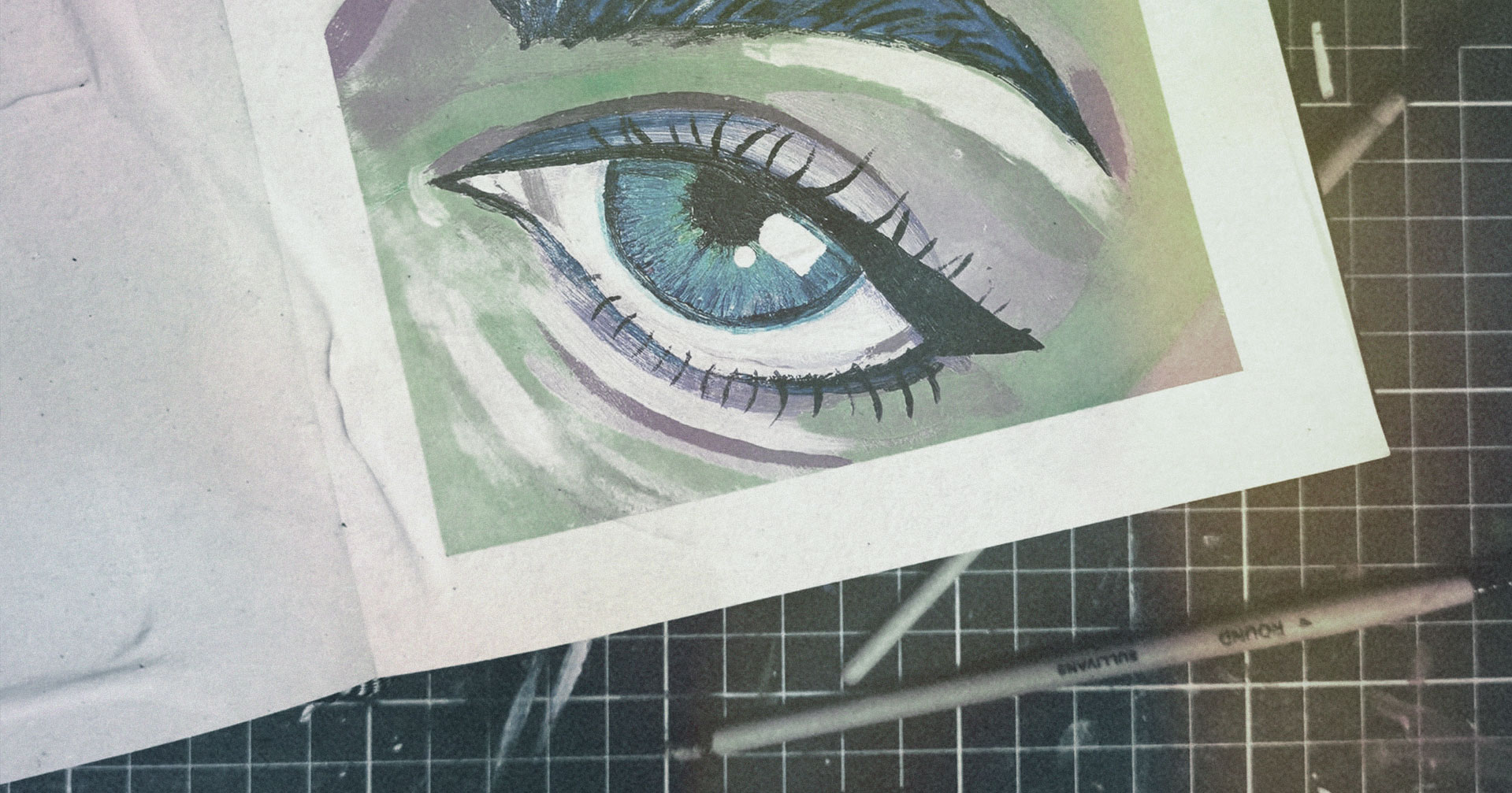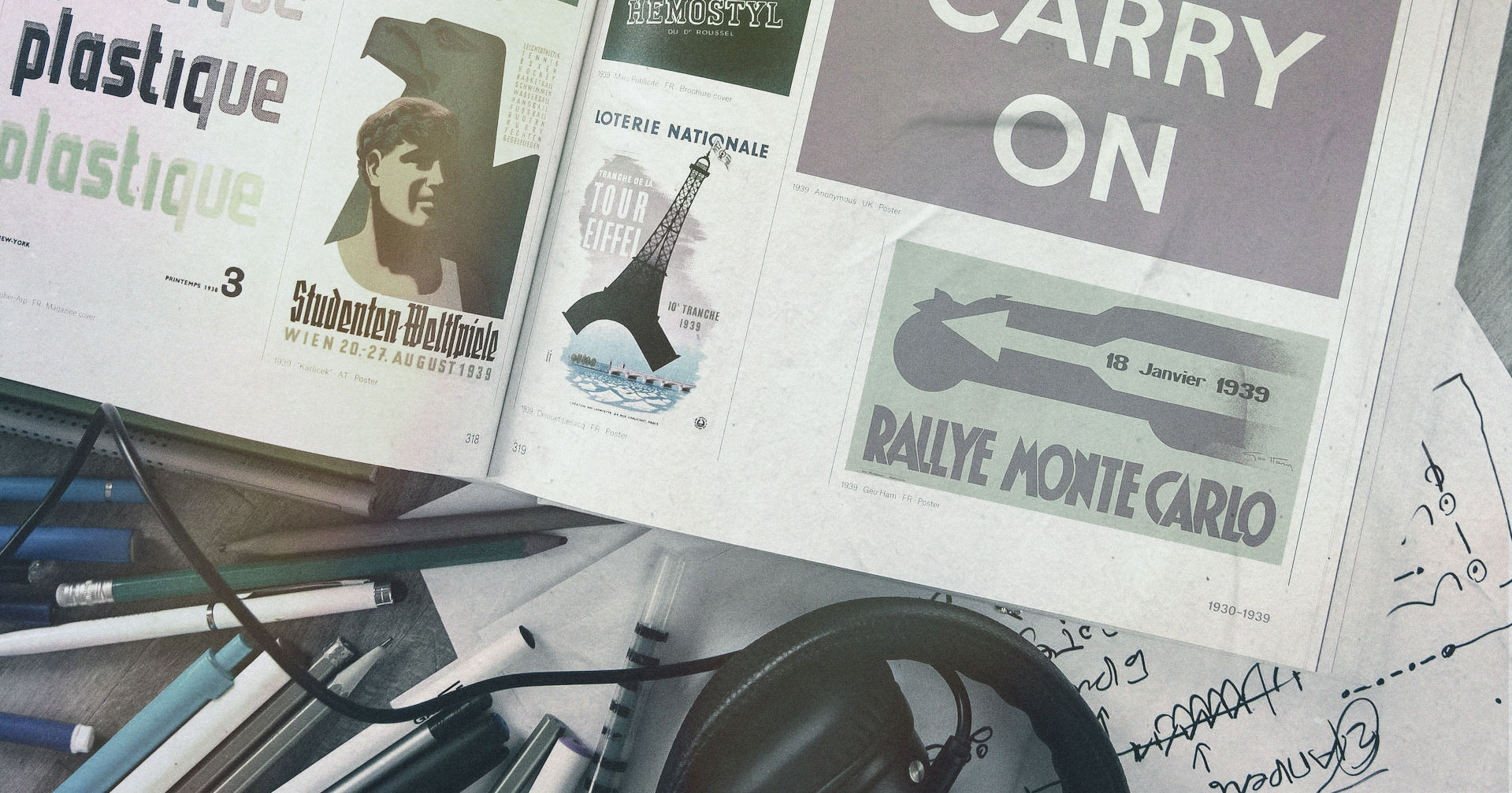GUIDE: PROCESS OF ALL CREATIVE IDEAS, DESIGNING, AND PRODUCTION
Welcome to the adventure born from the combination of art, ideas, and a coffee cup! Are you ready for a creative process where each pixel finds its place, keeps up with the rhythm of sound, and opens the doors of 3D worlds? We have embarked on a journey in the digital world and the road is full of confusing ideas! Now, get our keys and imaginations ready – because we’re exploring every frontier of creativity!
The origins of every creative project lie in the process of developing art and ideas. This stage is the phase where the main theme, aesthetic elements, and basic concepts of the project are determined. Art captures the spirit of the project by forming the essence of creativity, while ideation expresses this artistic theme in a concrete way. This stage includes important steps of creativity by focusing on a project’s sources of inspiration, suitability for the target audience, and visual narrative.
The impact of digitalization on the creative process becomes evident in the diversity of software and formats. Software plays a critical role in realizing projects for text, visual, video, audio, animation, and 3D formats. By choosing software suitable for a specific type of project, the creator’s vision becomes a reality on digital platforms. This phase explores how technological tools enrich the creative process and how projects are expressed in various formats.
The final stage of creativity focuses on the production of various projects. These projects include different types such as branding, corporate identity design, websites, advertising campaigns, social media content, mailers, games, and print designs. This stage includes a wide range of skills, from copywriting to graphic design, photography to animation and video production, audio production to web development. With the realization of projects, creativity becomes concrete and interacts with the target audience. In this section, all these stages of creativity are considered as a whole, providing a comprehensive overview to understand how a project is shaped from start to finish.

01 ART
Art as a form of communication is visual, textual, and auditory codes. It gives form to the transmission and effect of knowledge. Art is what words cannot say. Storytelling is a form of expression that everyone can perceive and be inspired by. Art is calming, exciting, and surprising. A creative work of art is different. Anything different attracts people’s attention. Art is effective in influencing the masses. A piece of music can be heard all over the world with the same enthusiasm. It is a universal form of communication. Art makes people more empathetic and provides a better emotional transition.
As a marketing tool, art is a way of establishing an emotional connection with the customer. Art is necessary to create the overall visual identities of brands. The formation of a standard style of brand is possible with many branches of art. Art is used for an engagingly designed ad image, captivating videos, or ad soundtrack. Marketing is the result of the collaboration of art and technology. Both logical data and artistic aesthetics are in balance in marketing communication.

02 IDEA
Every communication work has a clear, effective, and differentiated idea. Creative thinking is the most critical feature that makes an advertising campaign strong. That’s why a big idea is needed in every campaign. Before starting marketing activities, it is necessary to spend a lot of time finding creative ideas. Creativity is the most effective way to distinguish brands from other brands. Creativity is the discovery of the new. Influencing the masses is only possible with ideas to be remembered and shared. Every communication work has a main idea. The main idea is the overarching message that will be integrated into all marketing efforts. 360 marketing activities are realized by designing the main idea to be integrated into all channels.
The big idea is the creative main idea for campaigns. It is an inclusive summary for everyone involved in marketing work. The idea should be such that it will meet the goals that the brand wants to achieve. Before brainstorming, the target audience of the brand, product, and service, and the market should be analyzed well. Insight should be presented in a way that understands the consumer’s problem. The big idea should make an impact and resonate with the target audience.

03 CREATIVE PROCESS
Combining a creative idea with a specific art form creates a new concept. To create this concept, it is necessary to go through a certain creative process. This is a comprehensive collaboration involving many departments and disciplines in the creative process. The entire process after determining the brand strategy and digital marketing plan is the creative process. Each creative process varies depending on the customer’s demand and specific goal. In general, a creative process consists of research and planning, concept development, design and implementation, testing, and improvement stages. After all these processes, the output is shared with the customer and shared through mass media with approval.
During the creative process, skills such as creative problem-solving, idea development, text writing, and design are used. There should be members in this team who can adapt to each other and can transition to new projects according to the needs of the customer. Before the creative production process, creative operations must be carried out completely. Creative operations are the top management that organizes the entire creative process, handling project management, resource allocation, and quality control issues. Ensuring that the creative team produces correctly is possible with the support of the creative operation. Creativity is an open-ended concept. The framework of what needs to be thought and revealed in creative production must be determined correctly.

04 SOFTWARE
Using software for creative production in marketing is of critical importance to optimize business processes and increase efficiency. Software used in the design, video editing, copy creation, and other creative processes enables teams to produce faster, more effective, and diverse content. For example, graphic design software offers designers flexibility and originality, while video editing tools enable the rapid creation of marketing videos. These software support collaboration and collaboration by providing design templates and asset libraries to increase creativity as well as ensure brand consistency.
At the same time, management programs used to manage marketing teams make it easier to track projects and optimize collaborative work. Featuring task assignments, project calendars, progress tracking, and communication tools, these programs help teams complete projects on time and on budget. Managing marketing processes in an orderly and coordinated manner, ensuring cooperation and effective communication through software and management programs is one of the basic elements that increase success in creative production in marketing.

05 FORMAT
Creativity encompasses a variety of ideas that can be expressed in several different formats. Various formats such as text, visual arts, video, animation, audio, and 3D design are used to express creative thinking tangibly and engage the audience. The text format offers the chance to put thoughts into words with word games, stories, or informative content. Visual formats aim to impress the audience with designs and images that can be understood at a glance. Video and animation enable an emotional connection with moving images and dynamically tell the story. The audio format delivers a sensory experience to the viewer through music, sound effects, or audio narration. 3D design presents works of art or products in a three-dimensional perspective, providing a realistic and impressive visual.
The limitless world of creativity is enriched by the ability to express ideas in various formats. Each format is chosen to suit a particular style of storytelling or expression and is used to convey creative thought more broadly and deeply. Diversity of formats allows a project or campaign to reach its target audience more effectively. Text aims to be clear and concise in conveying information, while visual formats aim to create understandable and catchy designs at a glance. Video and animation allow the viewer to establish an emotional connection, while the audio format creates an atmosphere unique to the project. 3D design, on the other hand, offers an interactive experience that is closer to the real world. Formats are an important tool in the process of realizing projects in a wide and colorful palette of creativity.

06 MARKETING COMPONENTS
Brand identity can be thought of as a whole that reflects a brand’s unique characteristics, personality, and values. This identity is formed by the integration of marketing components. First of all, branding and corporate identity determine the basic character of the brand and create visual and verbal elements. Logo design, color palette, typography, and corporate communication standards shape the visual identity of the brand. These elements contribute to the formation of corporate identity by leaving an impression that reminds customers of the values and quality of the brand.
Marketing components such as website, advertising, social media, mailing, game, and print design strengthen the brand’s presence on digital and traditional platforms. The website offers the brand the opportunity to interact and tell its story in the online world. Advertising campaigns and social media reach large audiences, increasing brand awareness and strengthening interaction with customers. Mailing, games, and printed designs enable the brand to be expressed in an original and innovative way. With the combination of these components, the brand gains a unique character and recognition and establishes a strong bond with its target audience.

07 CREATIVE PRODUCTION
Creative production plays an important role in marketing, helping brands communicate their stories effectively. Copywriting involves the art of using words skillfully in the brand’s process of expressing itself and connecting with consumers. Strong and attractive texts convey brand messages clearly, allowing the target audience to establish an emotional connection and identify with the brand identity. Graphic design, photography, animation, and 3D increase the aesthetic appeal of the brand by using visual elements effectively. Visual content strengthens customer interaction by highlighting the unique features of the brand.
Video editing, video production, audio production, and web development contribute to the brand establishing a strong presence on digital platforms. Videos provide the opportunity to dynamically tell the brand story and engage with consumers. While sound and music reinforce the brand identity, web development strengthens the brand’s online presence and offers consumers an interactive experience. These types of creative production enrich marketing strategies, allowing brands to effectively communicate not only their products and services but also their values and personality.